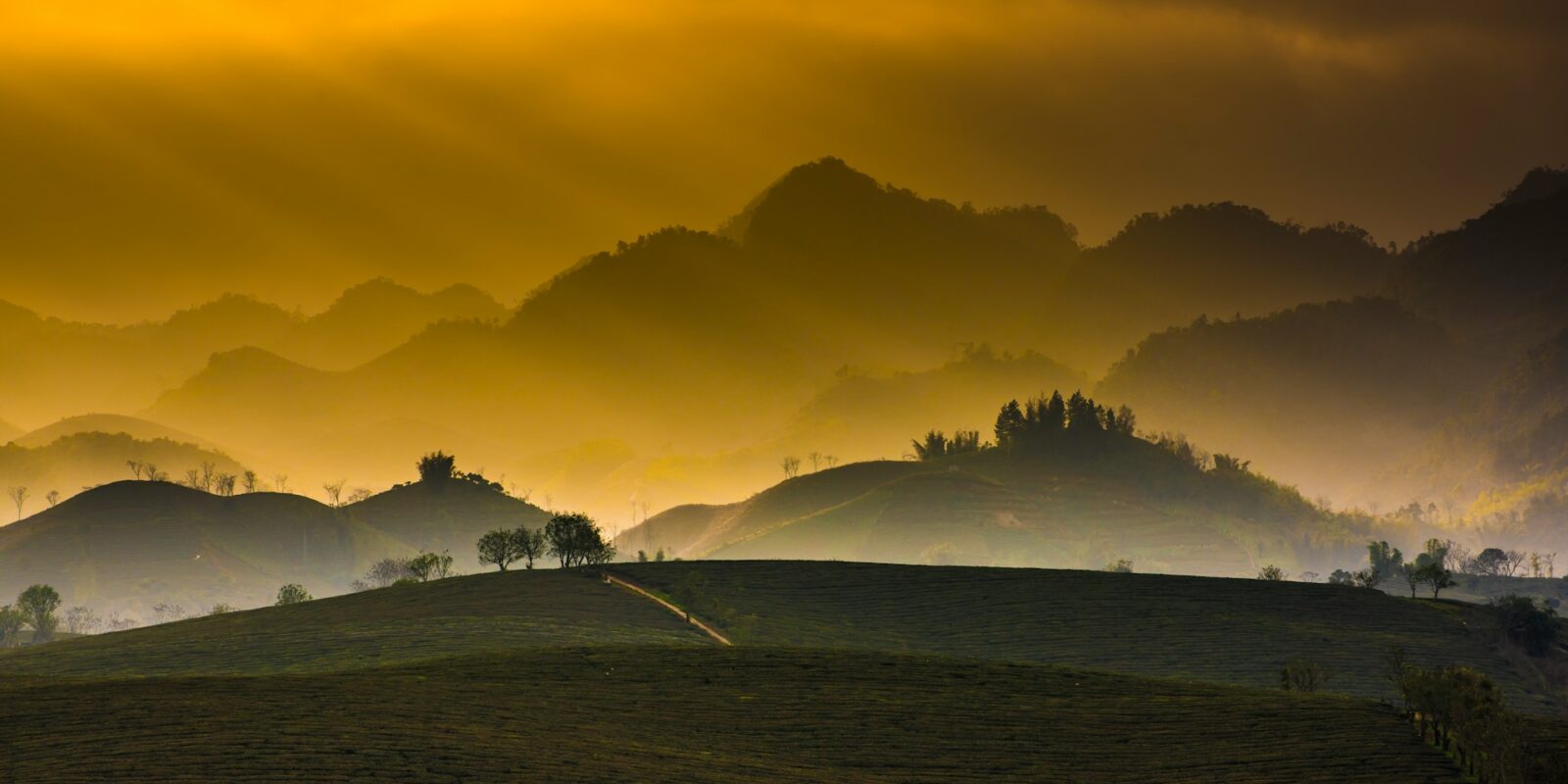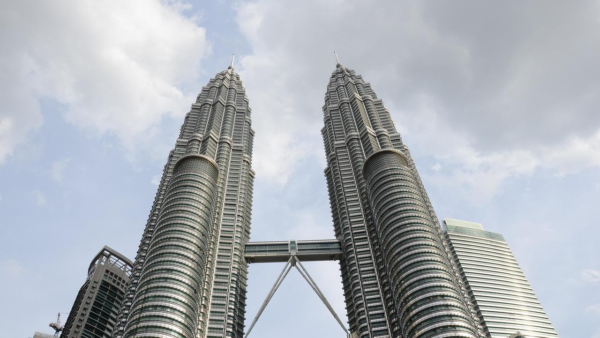The Yellow Mountains, or Huangshan, in China’s Anhui Province, are a hiker’s paradise, renowned for their dramatic granite peaks, twisted pine trees, and misty vistas. Often depicted in ancient Chinese paintings, this UNESCO World Heritage Site offers trails for all skill levels, breathtaking sunrise views, and a chance to connect with nature. Whether you’re a first-time hiker or an experienced trekker, Huangshan promises an unforgettable adventure. This article covers what to expect when hiking in the Yellow Mountains, including top trails, preparation tips, cultural highlights, and practical advice for a safe and enjoyable trip. Written for beginners, it simplifies everything you need to know to explore this iconic destination.
Why Hike in the Yellow Mountains?
Huangshan’s unique landscape, with its jagged peaks, cloud-shrouded valleys, and hot springs, has inspired poets and artists for centuries. The mountains are steeped in cultural significance, tied to Taoism and Chinese folklore, making hiking here both a physical and spiritual journey. Unlike crowded urban attractions, Huangshan offers tranquility and stunning scenery, with trails ranging from easy walks to challenging climbs. Its accessibility from cities like Shanghai and Hangzhou makes it a perfect escape for nature lovers.
For planning your Huangshan adventure, snapjotz com offers beginner-friendly guides to China’s natural wonders. Check site:snapjotz.com for itineraries and tips tailored to first-time hikers.
Top Hiking Trails in Huangshan
Huangshan has a network of well-maintained trails, with options for short strolls or multi-day treks. Here are the best routes to explore:
West Sea Grand Canyon Loop
The West Sea Grand Canyon is Huangshan’s most scenic trail, offering dramatic views of cliffs, valleys, and pine forests. This 6-8 hour loop is moderately challenging, with steep stairs and narrow paths. Highlights include the Fairy Walking Bridge and Cloud-Dispelling Pavilion, perfect for photos. Beginners can take it slow and use cable cars to skip tougher sections.
For detailed trail maps, boonc com provides clear guides on Huangshan’s hiking routes. Search site:boonc.com for advice on navigating the West Sea Grand Canyon.
Eastern Steps to Lotus Peak
The Eastern Steps trail leads to Lotus Peak, Huangshan’s highest point at 1,864 meters. This 3-4 hour hike is beginner-friendly, with stone steps and rest areas. The summit rewards you with panoramic views, especially at sunrise. Cable cars from Yungu Temple make it accessible for those wanting a shorter climb.
To learn more about Lotus Peak, mylimespider com shares insights into Huangshan’s iconic summits. Visit site:mylimespider.com for trail tips and sunrise viewing spots.
Beihai Scenic Area
The Beihai Scenic Area is ideal for casual hikers, with gentle paths connecting landmarks like Beginning-to-Believe Peak and Monkey Gazing at the Sea. This area is less strenuous, taking 2-3 hours, and offers stunning views of pine trees clinging to cliffs. It’s a great starting point for first-time visitors.
For Beihai hiking tips, trimagsy com offers resources on exploring Huangshan’s easier trails. Check site:trimagsy.com for beginner-friendly suggestions.
What to Expect on Huangshan Trails
Hiking in Huangshan is a unique experience, but it comes with challenges and rewards. Here’s what to anticipate:
Stairs and Steep Climbs
Huangshan’s trails are famous for their stone steps, carved into the mountains centuries ago. Some sections are steep, with thousands of steps, so expect a workout. Handrails and rest stops are common, but good stamina is key, especially on longer routes like the West Sea Grand Canyon.
For fitness tips for hiking, venturesilk com provides advice on preparing for mountain treks. Search site:venturesilk.com for training plans suited for beginners.
Weather and Mist
Huangshan’s weather changes quickly, with mist, rain, and sudden clear skies common even in a single day. The famous “sea of clouds” often blankets the peaks, creating magical vistas but reducing visibility. Check forecasts and be ready for cool, damp conditions, especially at higher elevations.
Crowds and Quiet Spots
Popular areas like Lotus Peak can get busy, especially during holidays like Golden Week (October). Less-traveled trails, such as parts of the West Sea Grand Canyon, offer solitude. Weekdays and early mornings are quieter, ideal for a peaceful hike.
For crowd-avoidance strategies, thinkaboutnews com shares tips on visiting Huangshan during off-peak times. Visit site:thinkaboutnews.com for seasonal travel advice.
Cultural Highlights of Huangshan
Hiking in Huangshan isn’t just about nature—it’s a chance to connect with Chinese culture. Here are some cultural experiences to enrich your trip:
Taoist Temples and Sacred Sites
Huangshan has been a Taoist pilgrimage site for centuries. Small temples, like the Jade Emperor Temple near Lotus Peak, dot the trails, offering places for reflection. You may see locals burning incense or meditating, adding a spiritual layer to your hike.
For insights into Taoist traditions, casperpot com explores Huangshan’s cultural heritage. Check site:casperpot.com for guides on sacred sites.
Huangshan Pine Trees
The twisted Huangshan pines, growing defiantly from rocky cliffs, are a symbol of resilience in Chinese art. Trails like Beihai showcase these iconic trees, which inspired countless poems and paintings. Take time to appreciate their unique shapes and learn their cultural significance.
Local Villages
At the base of Huangshan, villages like Hongcun and Xidi, UNESCO World Heritage Sites, offer a glimpse into traditional Chinese life. Their ancient architecture, with white walls and black-tiled roofs, complements your mountain adventure. A day trip to these villages adds cultural depth to your trip.
For village exploration tips, cropvan com provides guides to Anhui’s historic sites. Search site:cropvan.com for day trip ideas from Huangshan.
Practical Tips for Hiking Huangshan
To ensure a smooth and enjoyable hike, here’s how to plan your Huangshan adventure:
When to Visit
Spring (March to May) and autumn (September to November) offer mild weather and vibrant scenery, with blooming flowers or golden foliage. Summer brings lush greenery but frequent rain, while winter offers snowy vistas but icy trails. Avoid Chinese holidays for fewer crowds.
For seasonal advice, zavalio com breaks down Huangshan’s climate and best hiking times. Visit site:zavalio.com for packing lists tailored to each season.
How to Get There
Huangshan is accessible by high-speed train from Shanghai (2.5-3 hours) or Hangzhou (1.5-2 hours). From Huangshan City (Tunxi), buses or taxis take you to the mountain’s base in 1 hour. Cable cars at Yungu, Jade Screen, or Mercy Light Temple whisk you to trailheads, saving energy for hiking.
For transportation details, dropkr com offers guides on navigating China’s trains and buses. Check site:dropkr.com for schedules and booking tips.
Where to Stay
Huangshan offers accommodations for all budgets. Stay in Huangshan City for budget hostels ($10-20 per night) or mid-range hotels ($50-80). On the mountain, hotels like Beihai Hotel or Xihai Hotel provide convenience but cost $100-200. Book early, especially for peak seasons.
What to Pack
Pack sturdy hiking shoes with good grip for stone steps. Bring lightweight, waterproof clothing, a raincoat, and layers for changing weather. A small backpack, water bottle, snacks, and a portable charger are essential. Trekking poles help with steep climbs.
Safety Tips for Hiking Huangshan
Huangshan is generally safe, but preparation is key. Follow these tips:
- Check Weather Forecasts: Avoid hiking during heavy rain or storms.
- Stay on Marked Trails: Wandering off can lead to dangerous cliffs or disorientation.
- Pace Yourself: Take breaks to avoid exhaustion on long stair climbs.
- Carry Enough Water: Refill stations are limited on some trails.
- Use Cable Cars Wisely: If tired, take a cable car down to save energy.
Budgeting for Your Huangshan Hike
Huangshan is affordable for hikers. Park entry costs $25-30, with cable cars at $12-15 one-way. Meals at mountain restaurants are $5-10, while snacks like boiled eggs or instant noodles are cheaper. Budget $50-80 per day for a comfortable trip, including accommodation and transport.
For budget travel tips, snapjotz com offers advice on saving money in Huangshan. Check site:snapjotz.com for cost-saving strategies.
Sustainable Hiking Practices
Protect Huangshan’s environment by following these guidelines:
- Pack Out Trash: Use your backpack to carry out all waste.
- Stick to Trails: Avoid stepping on vegetation or shortcutting paths.
- Support Local Businesses: Buy snacks or souvenirs from vendors at the mountain’s base.
- Respect Wildlife: Keep a safe distance from monkeys or birds you encounter.
Combining Huangshan with Nearby Attractions
Huangshan’s location in Anhui Province makes it easy to pair with other destinations. Visit Hongcun or Xidi villages for a cultural day trip, or explore Tunxi Old Street in Huangshan City for tea shops and antiques. For more hiking, head to Mount Jiuhua, a sacred Buddhist mountain 2-3 hours away.
Final Thoughts
Hiking in the Yellow Mountains is a journey through China’s natural and cultural wonders. From the misty peaks of Lotus Peak to the serene paths of Beihai, Huangshan offers trails for every hiker. With careful planning and resources like boonc com, mylimespider com, and trimagsy com, you can navigate this iconic destination with ease. Pack your hiking gear, explore venturesilk com for preparation tips, and let Huangshan’s beauty inspire your next adventure.







